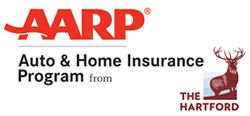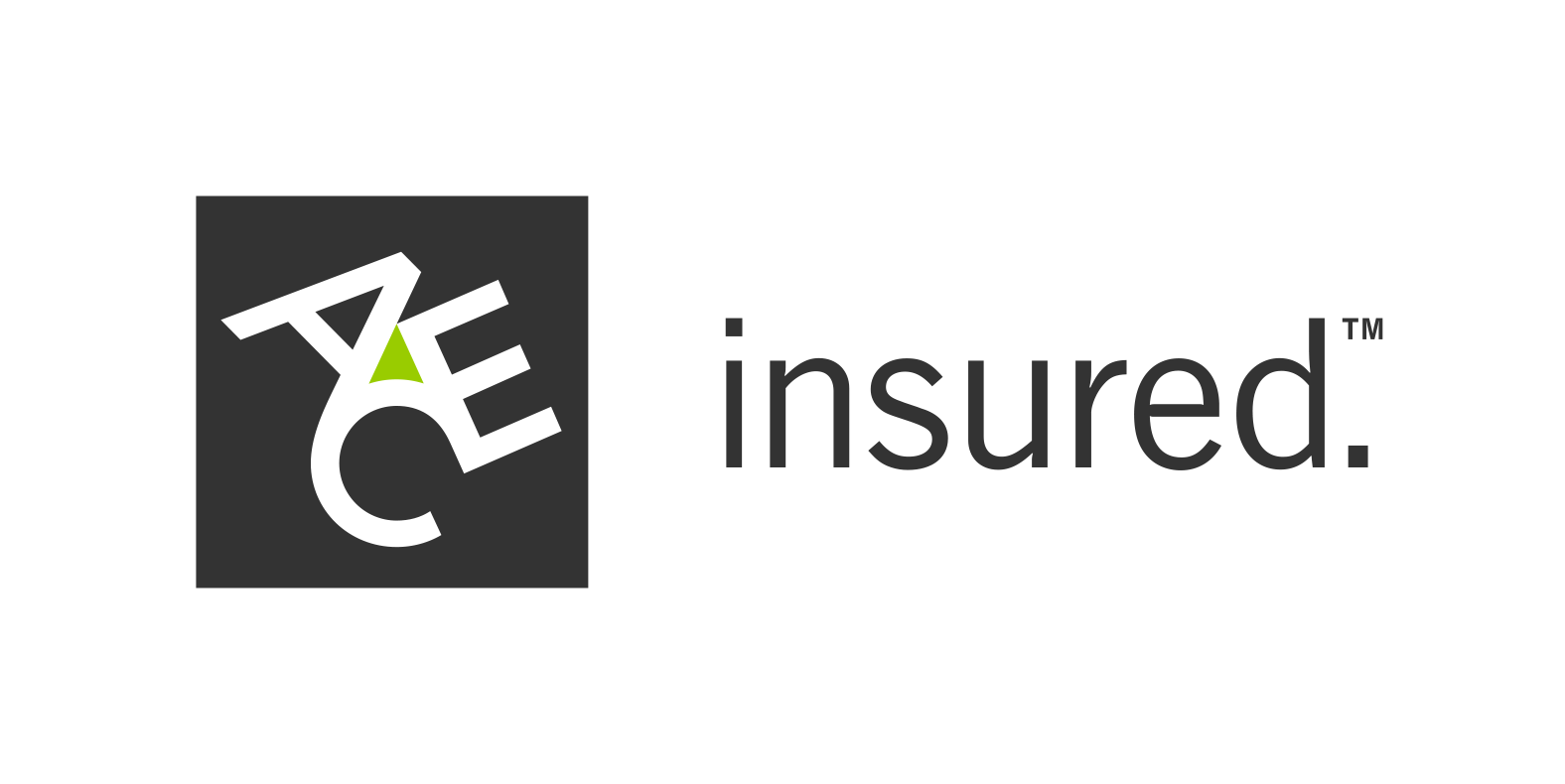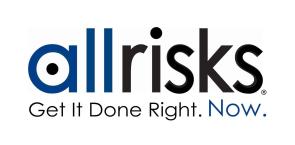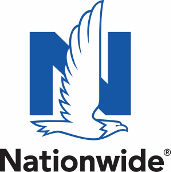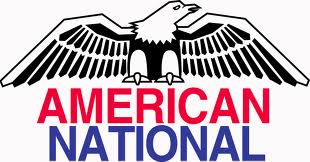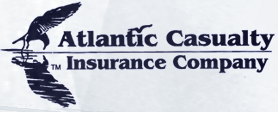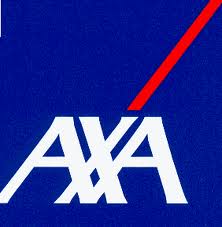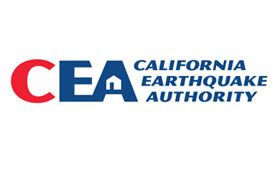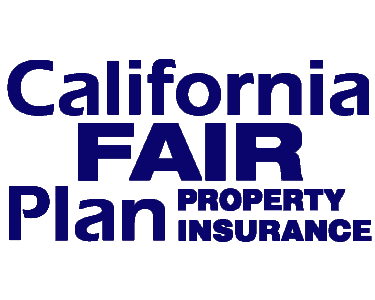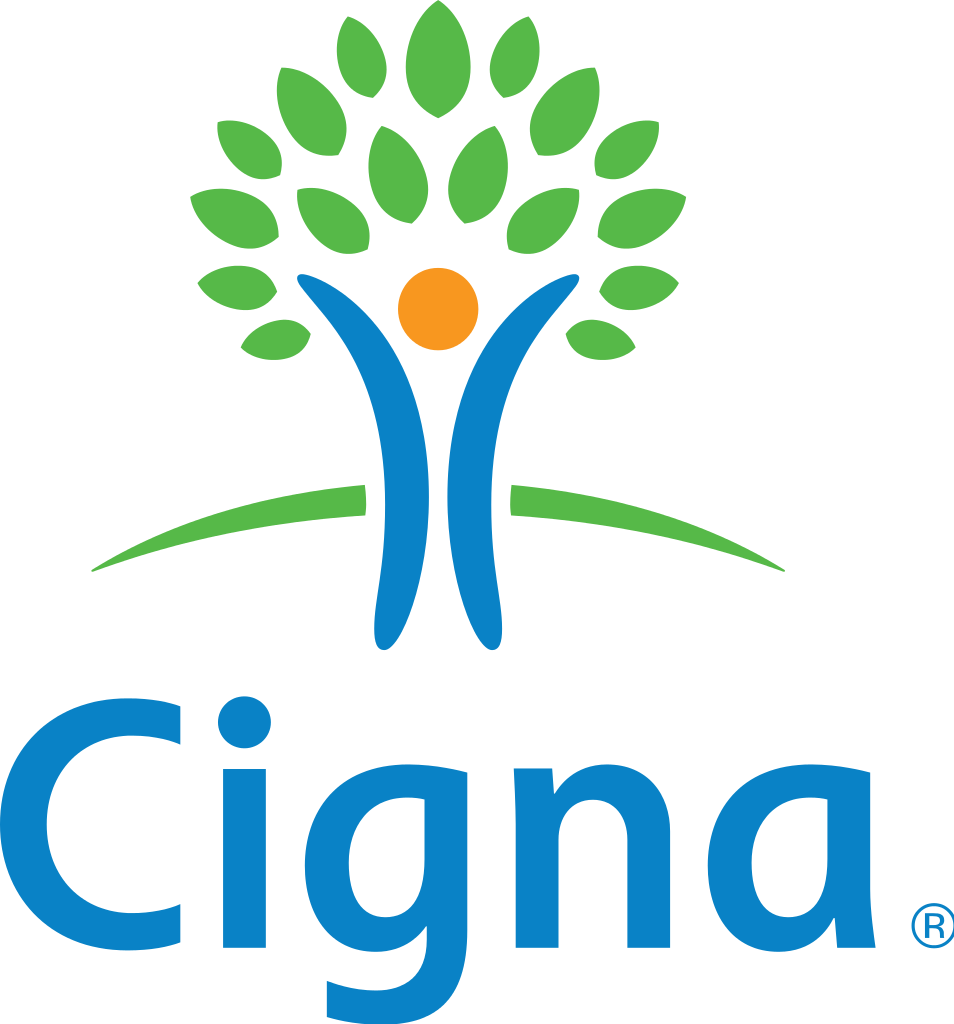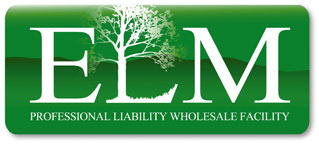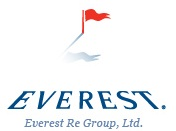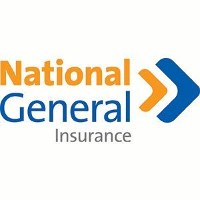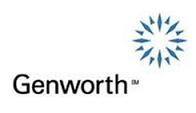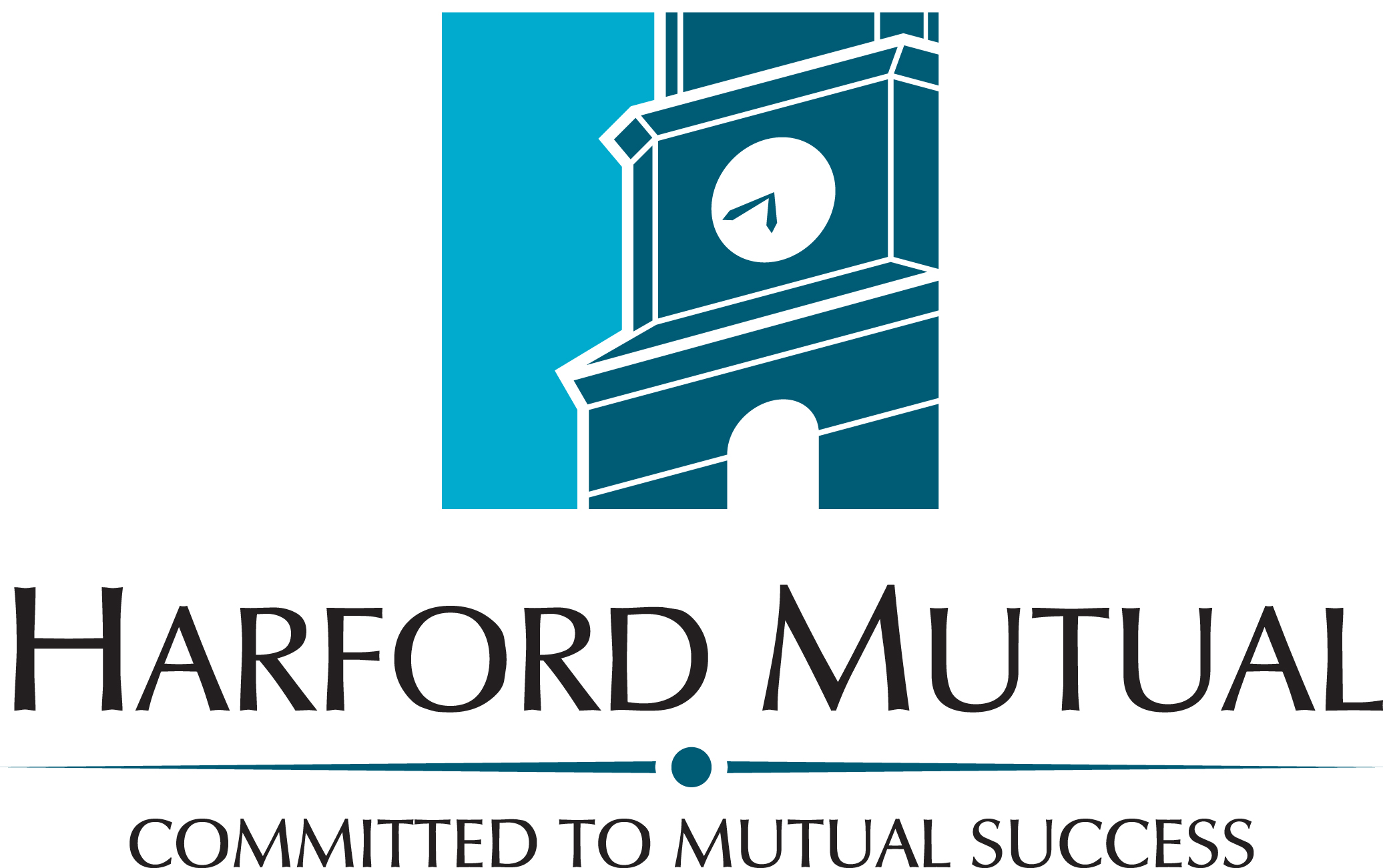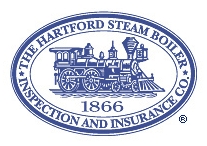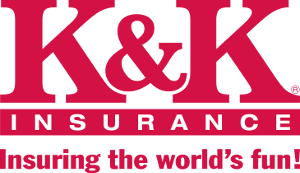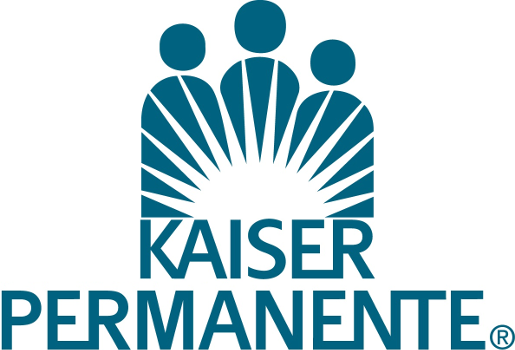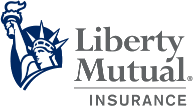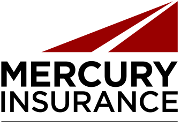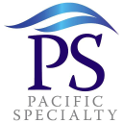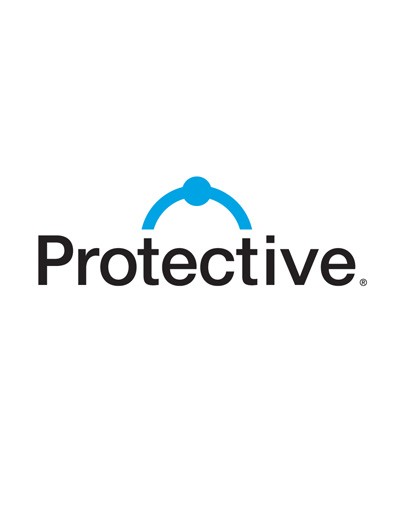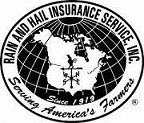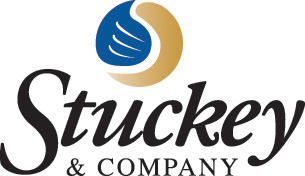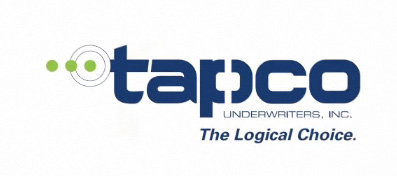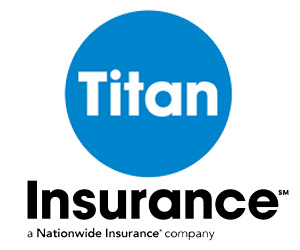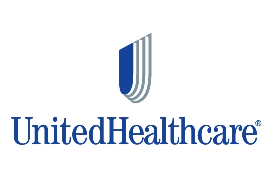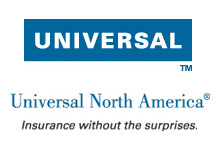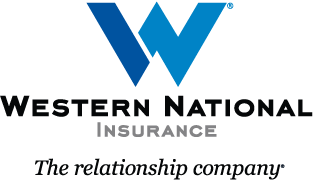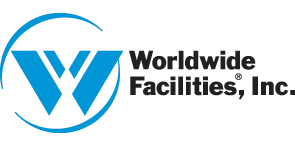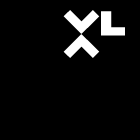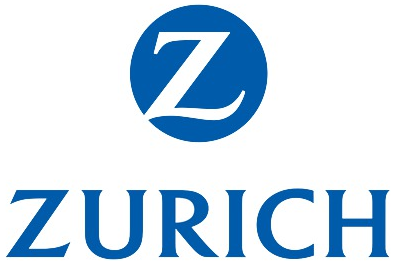Other Structures Protection This typically provides protection for a covered sudden and accidental direct, physical loss to a structure that is not physically attached to the dwelling, such as a fence, barn, storage shed, unattached garage, in-ground/concrete pool, or gazebo, to name a few examples.
Other Structures Protection This typically provides protection for a covered sudden and accidental direct, physical loss to a structure that is not physically attached to the dwelling, such as a fence, barn, storage shed, unattached garage, in-ground/concrete pool, or gazebo, to name a few examples.
Personal Property Protection This typically provides protection against covered loss to your movable property like a stereo, bicycle, furniture or clothing. Allstate will only provide protection for losses that are named in the policy.
Personal Liability This typically provides protection for covered damages an insured person becomes legally obligated to pay because of accidental bodily injury or property damage to a third person.
Loss of Use Pays any increase in living expenses required to maintain the households normal standard of living when an insured residence is rendered uninhabitable due to a covered loss until the repairs are completed or the household is relocated to another permanent residence.
Medical Payments This typically provides coverage for covered reasonable and necessary medical expenses incurred when a third party sustains bodily injury while on your insured premises, or off these premises under specified circumstances.
All-Peril Deductible This is a stated dollar amount that you choose to deduct losses paid on the policy coverages. For example, a $100 deductible applied to a $500 loss would result in reimbursement to you of $400. “All Peril” applies to most risks covered by the policy. Other coverages may apply a separate deductible for certain risks. In some cases, you may have two deductibles – the All-Peril Deductible of your choice and a specific coverage deductible.
Estimated Replacement Value For purposes of determining an appropriate Dwelling Protection Coverage Limit, Replacement Cost is: the cost to construct or replace, at one time, an entire building of equal quality and utility. The value of the land is not part of this valuation process.
Estimated Market Value This is the approximate current price for which your home could be sold.
Total Square Footage You can obtain your total square footage by multiplying your home’s footage length by the footage width. Measurement can be taken from the exterior of the home at ground level. For example, measure one side of your home and then measure across the front of your home. Then multiply the number of feet from the side by the number of feet across the front. If the home has a second story or more, then use the same procedure to add the square footage for each story to the total square footage. The square footage of a basement is not included in the total. This figure is used to help determine the cost of reconstruction for your home.
Construction Type The building material type that comprises 2/3 or more of your house
Frame-wood, metal, plastic or aluminum
This is frame construction using wood, metal, plastic or aluminum material.
Brick, stone or masonry
This is construction using solid brick, stone or masonry.
Modular or pre-fab
This includes units of construction which are prefabricated and can be fitted together with a minimum of adjustments. Modular units include complete window walls and wall panels. Units are usually designed in such a way that they will fit functionally into a variety of dwelling sizes and plan types.
Brick Veneer
This is a facing of brick, stone or masonry laid against the frame.
Fire Resistive
This is a building with all exterior walls, floors, roof and interior supports of brick or other non-combustible materials.
Log
This is construction using logs
Basic Home Insurance Coverage or HO-1 – This type of insurance covers damage to the home, mostly from catastrophes or the named perils specified by the policy. HO-1 does not cover a homeowner’s personal liability insurance. For example, someone injures himself on your property, you can be made liable in court and the insurance company can not defend you or pay damages to the injured party. Homeowners who are still dealing with a mortgage can not fully benefit from HO-1 and may need an additional or different policy. The 10 basic named perils are:
- Fire or Lightning
- Wind Storm or Hail
- Explosion
- Riot or Civil Commotion
- Aircraft
- Vehicles (unless caused by the insured)
- Smoke
- Vandalism or Malicious Mischief
- Theft (limit of liability on HO-1 is usually $1,000)
- Volcanic Eruption
Broad Insurance Policy or HO-2 – This named perils policy provides comprehensive coverage on the house and other structures within the property which may include a detached garage, fence or other similar permanent structures. This policy covers the Replacement Cost of the damage as opposed to Actual Cash Value, which in many cases, depreciates the value of the property. In addition to the 10 perils mention in HO-1, it also covers damages as a result of:
- Falling Objects
- Weight of Ice, Snow, or Sleet
- Accidental Discharge or Overflow of Water or Stream
- Sudden & Accidental Tearing Apart, Cracking, Burning, or Bulging
- Freezing
- Sudden & Accidental Damage from Artificially Generated Electrical Current
Special or Hybrid Home Insurance or HO-3 – A Special Form policy is similar to HO-2, it insures the home and detached structures against loss or damage from any peril except for those specifically excluded in the policy. It covers properties within the home from dangers specifically defined in the policy and also includes liability coverage. It is important to fully understand the exclusions before buying this particular policy. Nonetheless, it is the most popular home insurance policy in America. Exclusions may include:
- Earth Movement (earthquake coverage can be endorsed)
- Ordinance or Law
- Water Damage (Sudden or Accidental, others may be endorsed)
- Settling, Shrinking, Bulging, or Expanding
- Birds, Vermin, Rodents, Insects
- Animals Owned by Insured
No Frills/ Older Home Insurance or HO-8 – This is the least expensive home insurance mainly because it covers old homes, mostly those that do not meet the underwriting requirements of most insurance carriers. The HO-8 insurance policy is a named perils home insurance policy, covering damages and loss from the 10 named perils mentioned in HO-1. It should be noted that HO-8 only covers at Market Value since older homes are more difficult to replace.

